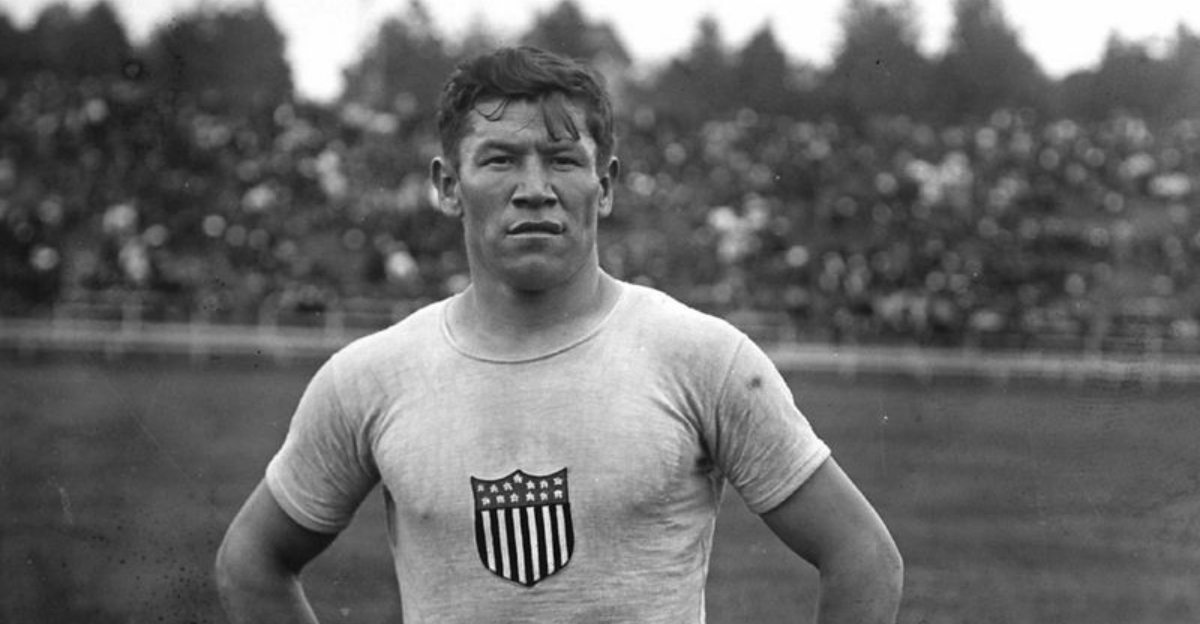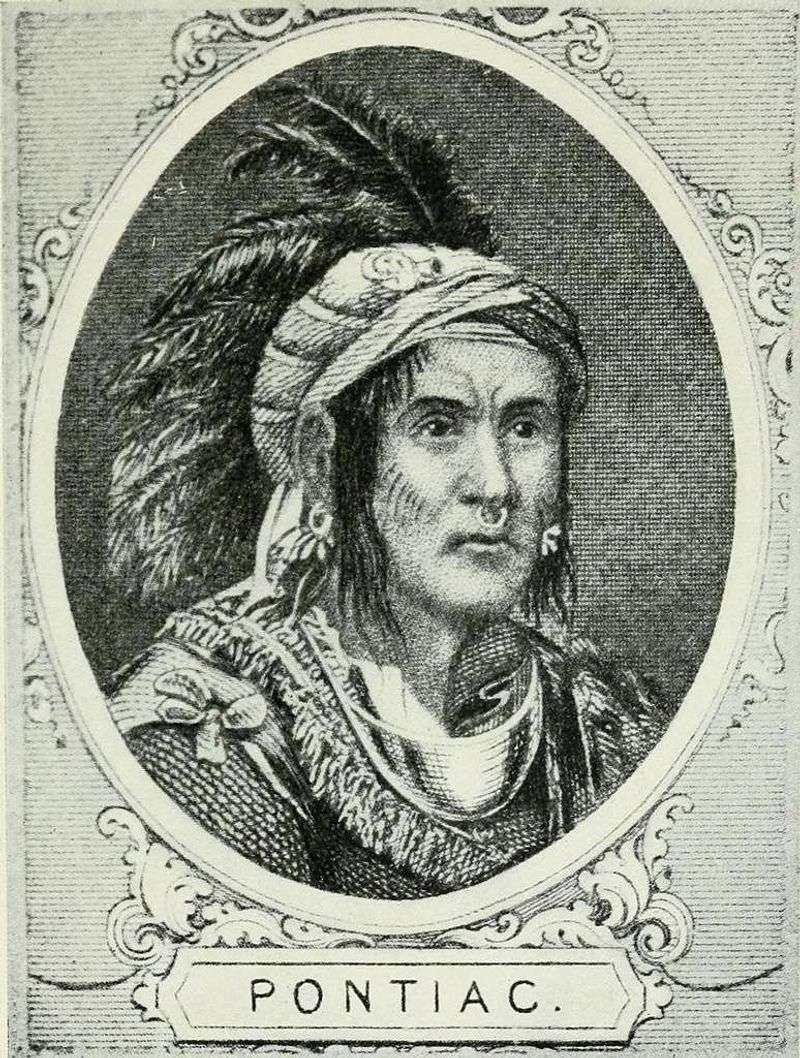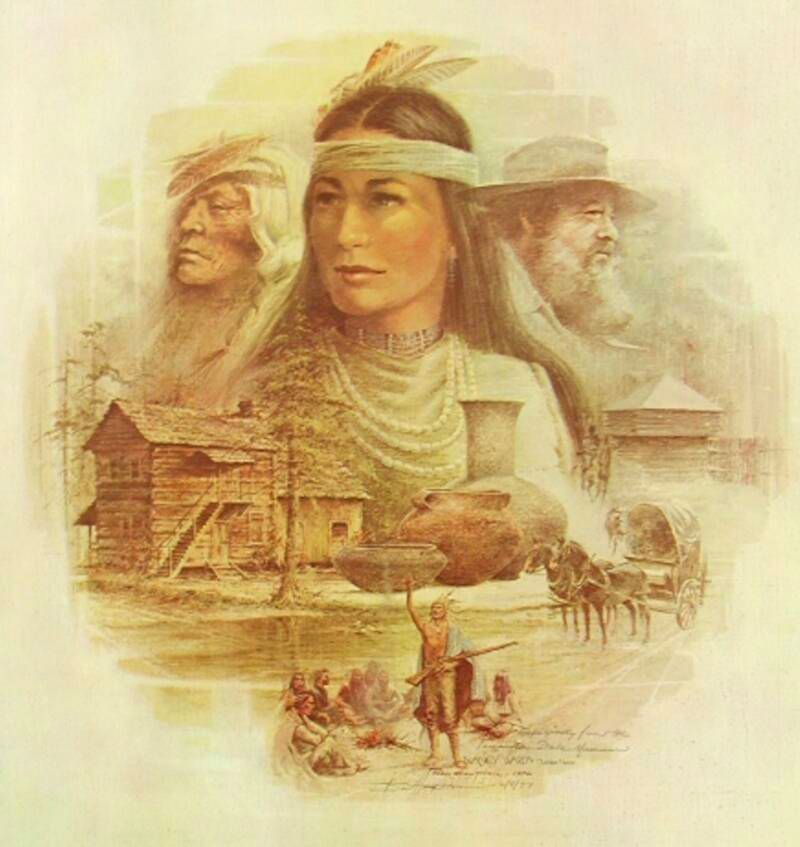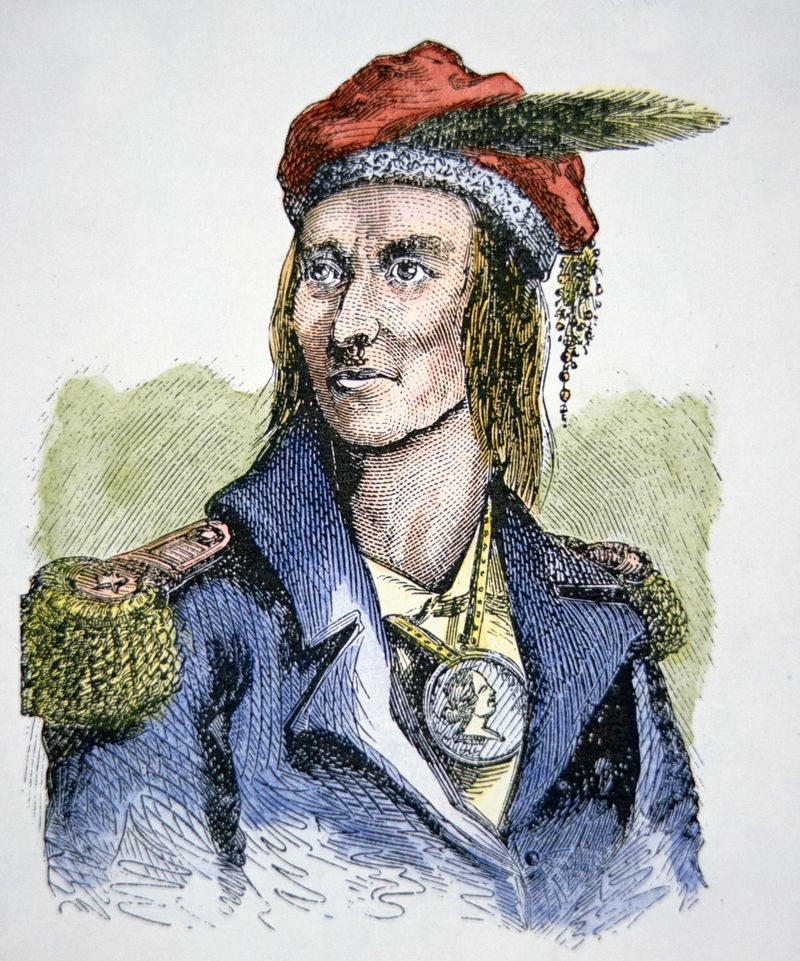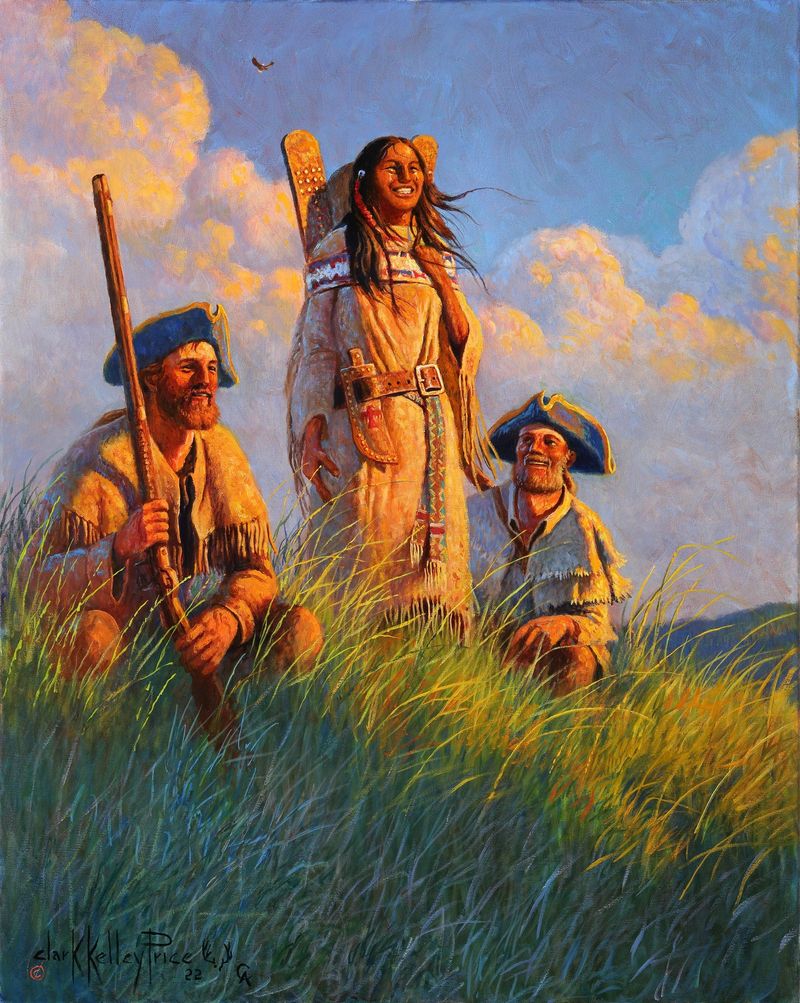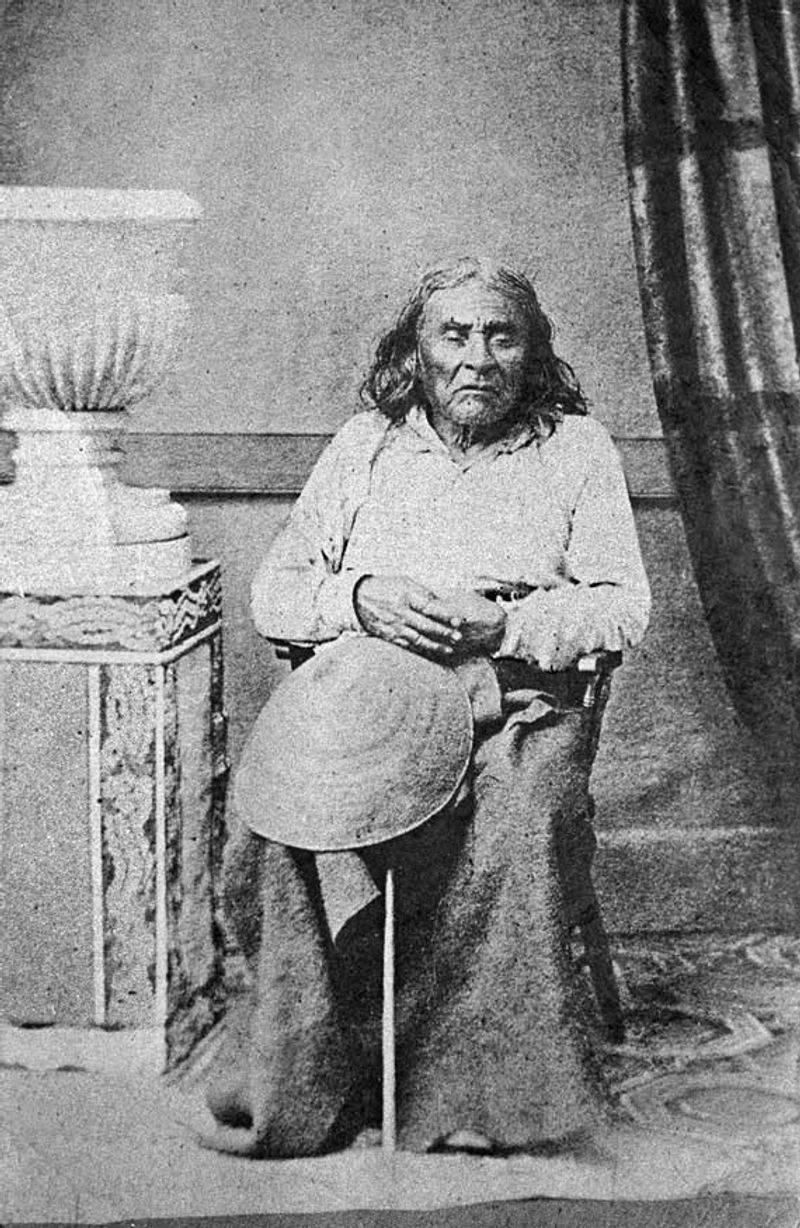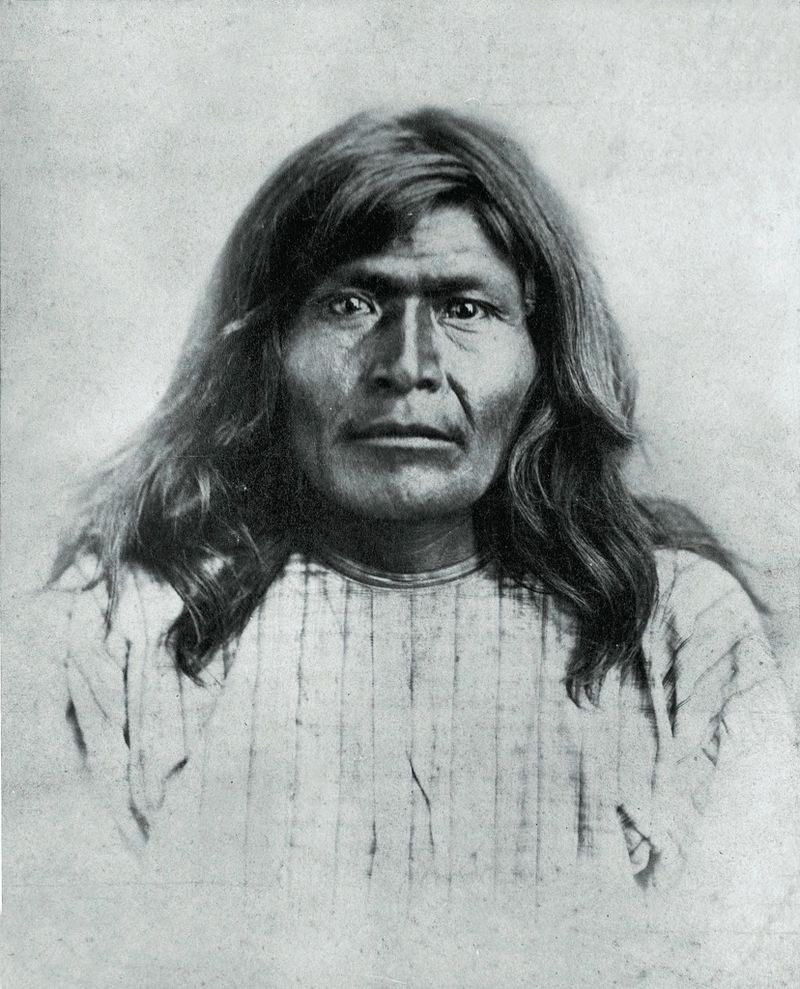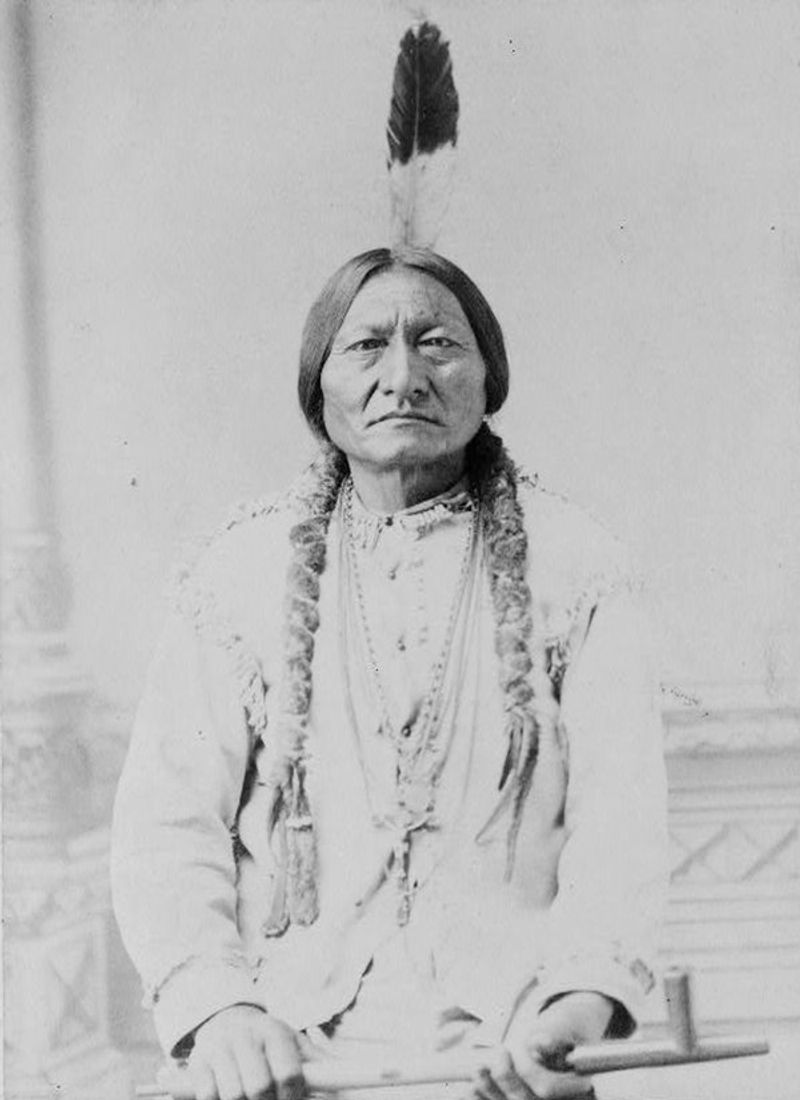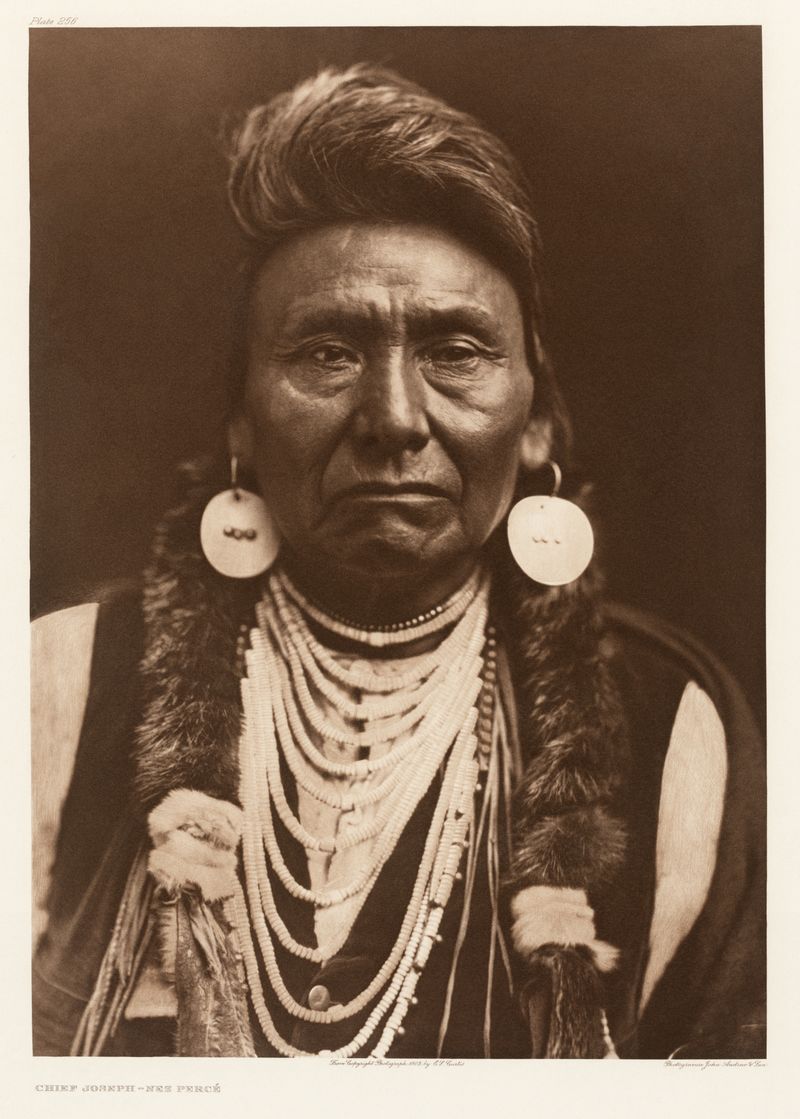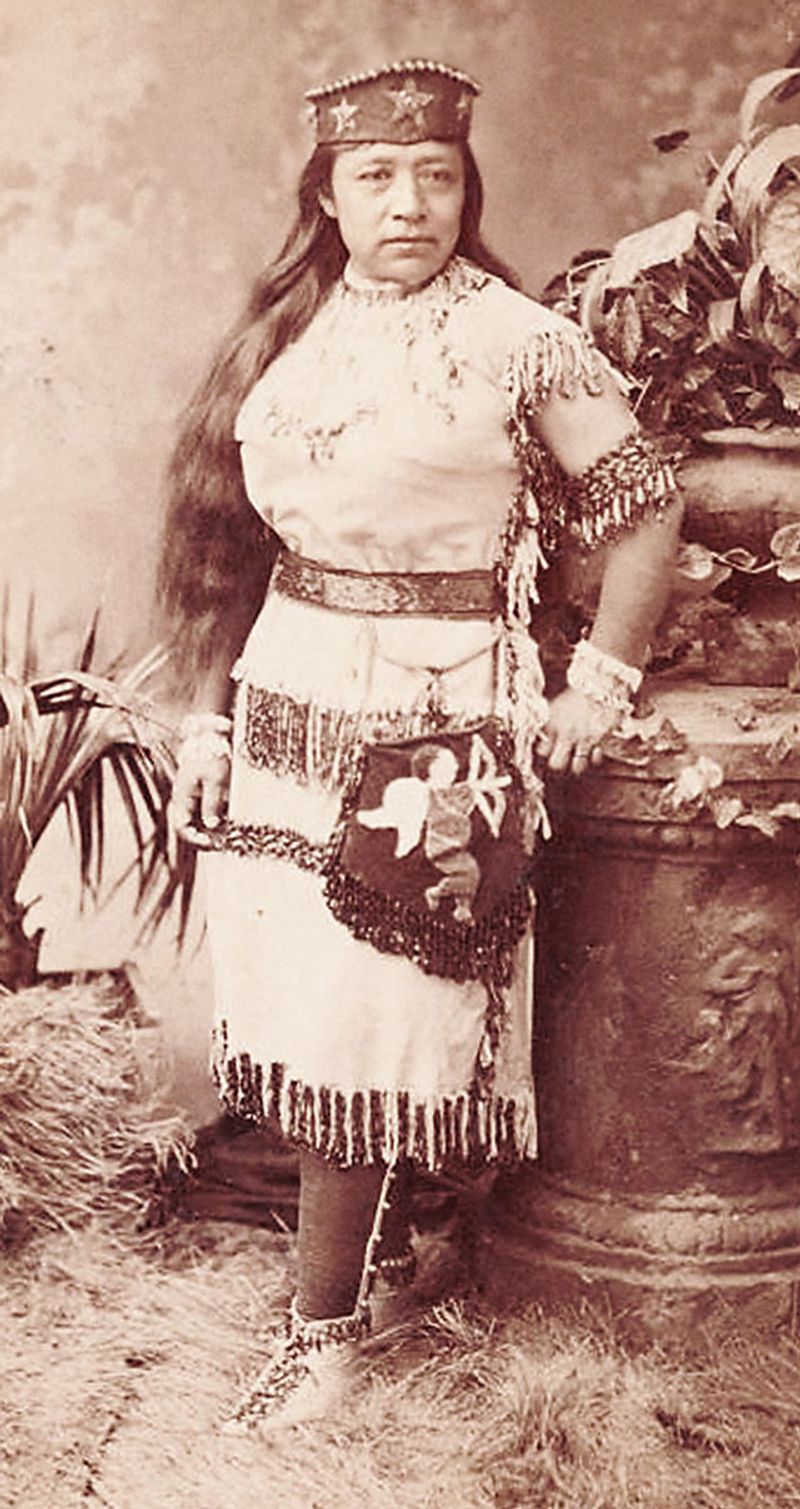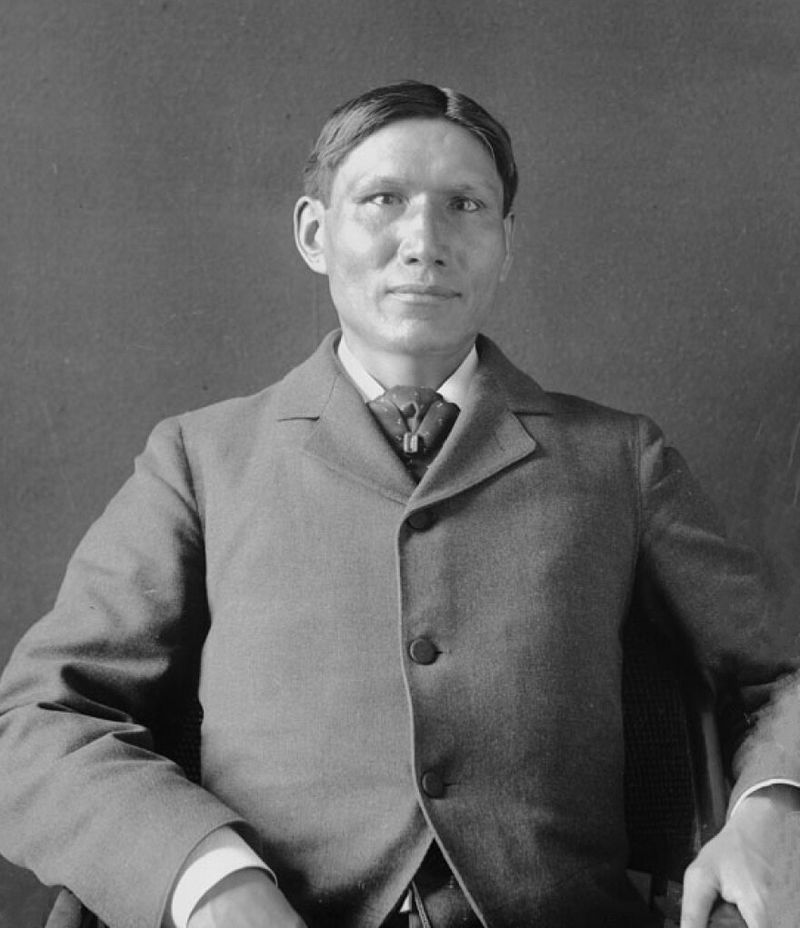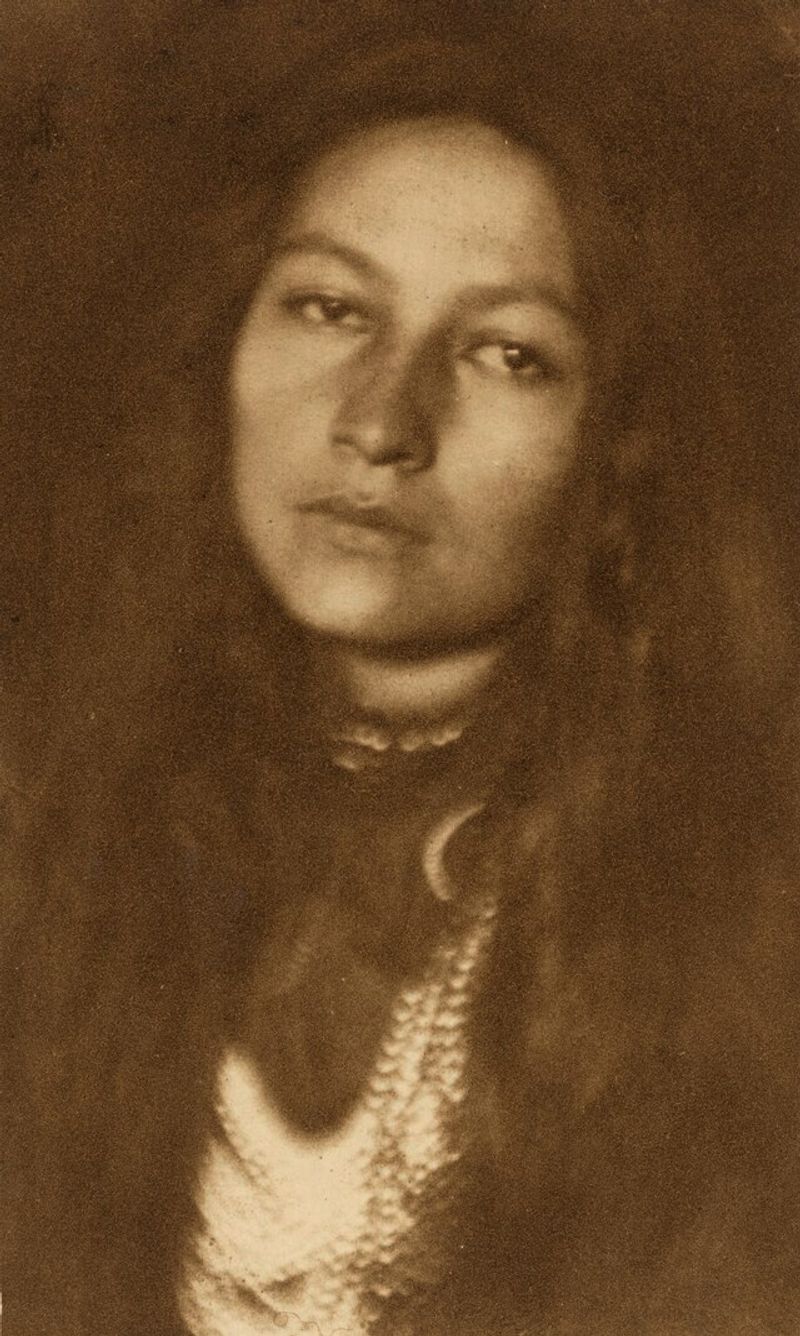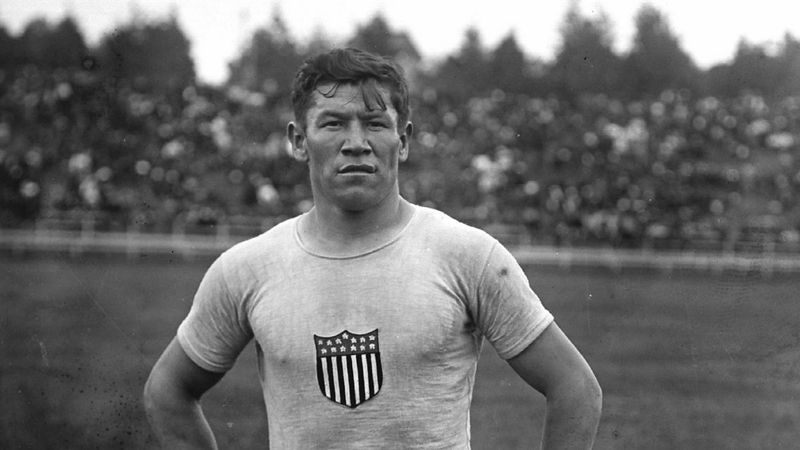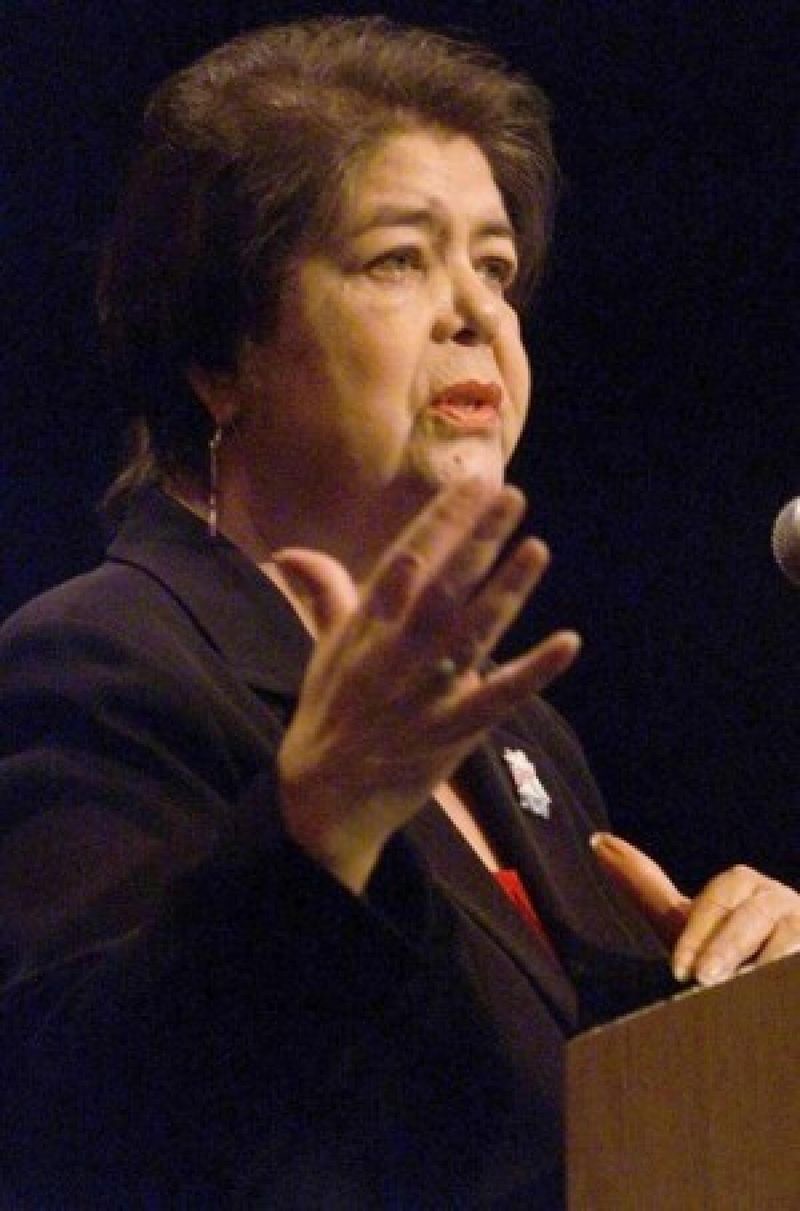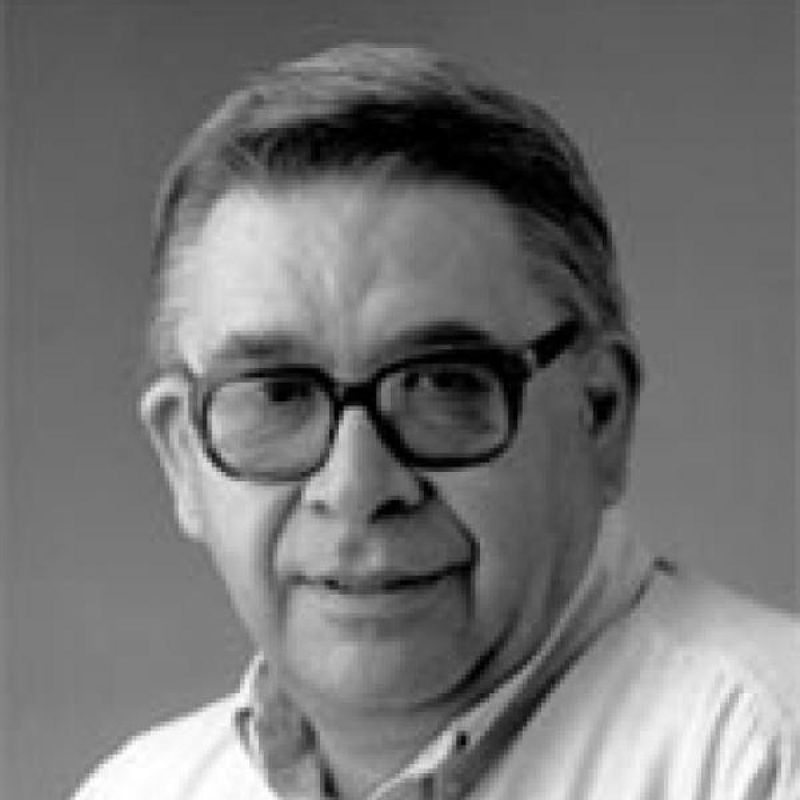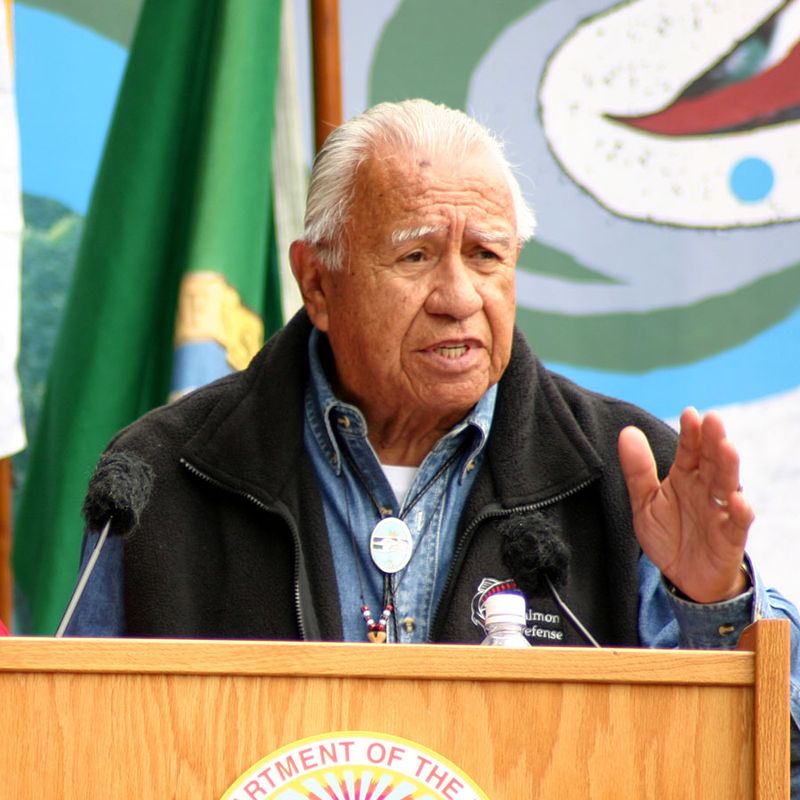History often overlooks the profound impact that Native Americans have had on shaping the world as we know it. From fearless warriors to visionary leaders, this list uncovers 15 Native American figures who significantly influenced history. Their stories are a testament to resilience, strength, and leadership.
1. Pontiac (Odawa) (c. 1720–1769)
Pontiac was a charismatic leader who united various tribes across the Great Lakes region. His strategic skills came to the forefront during Pontiac’s Rebellion, a massive resistance against British encroachment in 1763. Pontiac’s ability to galvanize support from diverse tribes was unprecedented, showcasing his diplomatic prowess. Leading his people through a tumultuous period, he forged alliances that would challenge colonial forces. Despite the eventual fall of the rebellion, his legacy as a symbol of resistance and unity endures. His leadership and vision remain etched in history, reminding us of the power of collective action.
2. Nancy Ward (Cherokee) (c. 1738–1822)
Nancy Ward, a revered Cherokee leader, was known for her diplomatic finesse and commitment to peace. As a Beloved Woman, she wielded significant influence in tribal affairs, often acting as a bridge between the Cherokee and settlers. Her advocacy for women’s roles in governance was pioneering, reflecting her progressive vision. Ward employed her wisdom to negotiate treaties, ensuring the protection of her people. Her legacy is one of courage and diplomacy, inspiring future generations of women leaders. Her story is a poignant reminder of the power of peaceful negotiation in times of conflict.
3. Tecumseh (Shawnee) (1768–1813)
Tecumseh was a visionary Shawnee leader whose call for unity among Native tribes echoed across the land. His eloquence and determination inspired many to resist U.S. expansionism during the early 19th century. By forming a confederation of tribes, Tecumseh sought to establish a sovereign Indigenous state. His alliance with the British during the War of 1812 highlighted his strategic acumen. Tecumseh’s steadfast pursuit of Indigenous sovereignty remains a powerful narrative of resilience. His life’s work continues to resonate, symbolizing the enduring fight for self-determination and justice.
4. Sacagawea (Lemhi Shoshone) (c. 1788–1812)
Sacagawea, a young Lemhi Shoshone woman, played an indispensable role in the success of the Lewis and Clark expedition. Her linguistic skills and geographical knowledge were invaluable assets in navigating the uncharted American West. Sacagawea’s diplomatic abilities facilitated crucial interactions with various Native tribes. Her presence often diffused potential conflicts, ensuring the expedition’s survival. Sacagawea’s contributions have cemented her as a symbol of bravery and resourcefulness. Her life’s journey underscores the critical impact of Indigenous knowledge in exploration and cultural exchange.
5. Chief Seattle (Suquamish & Duwamish) (c. 1786–1866)
Chief Seattle was a revered orator whose eloquent words continue to resonate with environmentalists worldwide. His famed speech advocating for ecological stewardship and coexistence is often cited for its profound insight into human-nature relationships. As a leader, he navigated the challenges posed by settler expansion with wisdom and foresight. His diplomacy fostered relative peace, ensuring his people’s survival amid changing times. Chief Seattle’s legacy is a compelling reminder of the importance of respecting our natural world. His insights remain a guiding light for sustainable living and harmony.
6. Lozen (Apache) (c. 1840–1889)
Lozen, known as the “Apache Joan of Arc,” was a formidable warrior and spiritual leader within her tribe. As the sister of Chief Victorio, she was renowned for her bravery and tactical skills in battle. Lozen’s prophetic insights were highly regarded, guiding her people during conflicts with U.S. forces. Her partnership with Geronimo in resisting encroachment further showcased her unwavering dedication. Lozen’s legacy as a symbol of strength and resilience endures, representing the fierce spirit of Indigenous resistance. Her story is a powerful testament to the role of women in warfare and leadership.
7. Sitting Bull (Hunkpapa Lakota) (c. 1831–1890)
Sitting Bull emerged as a spiritual and political leader during one of the most challenging periods for the Sioux. His role in uniting the tribes against U.S. forces led to their historic victory at Little Bighorn. A staunch defender of his people’s way of life, Sitting Bull resisted assimilation efforts until his untimely death. His leadership and vision for unity and sovereignty remain pivotal in Native American history. Sitting Bull’s enduring legacy is honored as a symbol of resistance and resilience. His life continues to inspire those fighting for Indigenous rights worldwide.
8. Chief Joseph (Nez Perce) (1840–1904)
Chief Joseph is remembered for his strategic brilliance during the Nez Perce War. His leadership in the famed 1,200-mile retreat towards Canada is a testament to his tactical genius and commitment to his people’s freedom. Despite facing overwhelming odds, Chief Joseph’s resolve never wavered. His poignant surrender speech, “I will fight no more forever,” remains a powerful testament to his enduring spirit. Chief Joseph’s legacy is one of dignified resistance and compassion. He stands as a symbol of the relentless pursuit of justice and peace for his people.
9. Sarah Winnemucca (Northern Paiute) (c. 1844–1891)
Sarah Winnemucca was a trailblazing activist and writer whose work brought attention to the injustices faced by Native Americans. Her autobiography, “Life Among the Piutes,” offered a rare, firsthand account of her people’s struggles. As an interpreter and advocate, she tirelessly championed Native rights and land protections. Winnemucca’s eloquence and determination made her a formidable voice in the fight for justice. Her legacy as an advocate for truth and equality continues to inspire. Her life’s work underscores the power of storytelling in bridging cultural divides and fostering understanding.
10. Charles Eastman (Santee Dakota) (1858–1939)
Charles Eastman, a pioneering physician and writer, played a key role in bridging Native and white cultures during the early 20th century. As one of the first Native Americans to become a certified doctor, Eastman’s work in the medical field was groundbreaking. His writings provided insight into Native life, fostering greater understanding and empathy. Eastman’s co-founding of the Boy Scouts of America highlighted his commitment to youth education and empowerment. His legacy as a cultural ambassador remains influential. Eastman’s life exemplifies the potential for cross-cultural harmony and collaboration.
11. Zitkála-Šá (Yankton Dakota) (1876–1938)
Zitkála-Šá, a gifted writer and musician, was a formidable advocate for Native rights and cultural preservation. Her writings, including “American Indian Stories,” shed light on the Native experience. Zitkála-Šá’s work with the Society of American Indians focused on securing voting rights and educational opportunities. Her passion for preserving Indigenous culture was reflected in her music and activism. Zitkála-Šá’s legacy as a cultural bridge continues to inspire. Her life’s work highlights the power of art and advocacy in effecting social change and preserving heritage.
12. Jim Thorpe (Sac & Fox) (1887–1953)
Jim Thorpe, a legendary athlete, achieved global fame as an Olympic gold medalist in 1912. His exceptional versatility across multiple sports made him one of the greatest athletes of all time. Thorpe’s accomplishments extended beyond athletics; he became a vocal advocate for Native rights. His tenacity and success challenged stereotypes and paved the way for future generations of Indigenous athletes. Thorpe’s life is celebrated as a symbol of excellence and perseverance. His contributions to sports and advocacy continue to resonate, inspiring those who strive for greatness against all odds.
13. Wilma Mankiller (Cherokee) (1945–2010)
Wilma Mankiller, a transformative leader, became the first female Principal Chief of the Cherokee Nation. Her tenure was marked by significant advancements in tribal governance and social programs. Mankiller’s commitment to community empowerment and revitalization was unwavering. Her leadership style, characterized by inclusivity and collaboration, set a new standard for tribal leadership. Mankiller’s legacy as a pioneer for women in leadership roles remains influential. Her life’s work continues to inspire those committed to social justice and community development. She remains a beacon of hope and progress for many.
14. Vine Deloria Jr. (Standing Rock Sioux) (1933–2005)
Vine Deloria Jr. was a distinguished scholar and activist whose writings reshaped modern Native American studies. His book “Custer Died for Your Sins” challenged conventional narratives and sparked critical discussions. Deloria’s work emphasized the importance of Indigenous perspectives in academia. As a thought leader, he advocated for Native sovereignty and self-determination. Deloria’s legacy as a provocateur of thought and change endures. His contributions to intellectual discourse continue to influence scholars and activists alike. Deloria’s life exemplifies the power of ideas in driving social transformation.
15. Billy Frank Jr. (Nisqually) (1931–2014)
Billy Frank Jr., an indomitable environmental activist, played a crucial role in the “Fish Wars” of the Pacific Northwest. His advocacy for Native fishing rights secured significant legal victories and environmental protections. Frank’s leadership was instrumental in fostering dialogues between Native communities and government agencies. His dedication to preserving natural resources resonated deeply with environmentalists. Frank’s legacy as a champion of Indigenous rights and environmental stewardship continues to inspire. His life’s work underscores the interconnectedness of cultural heritage and ecological preservation. He remains a revered figure in environmental advocacy.
